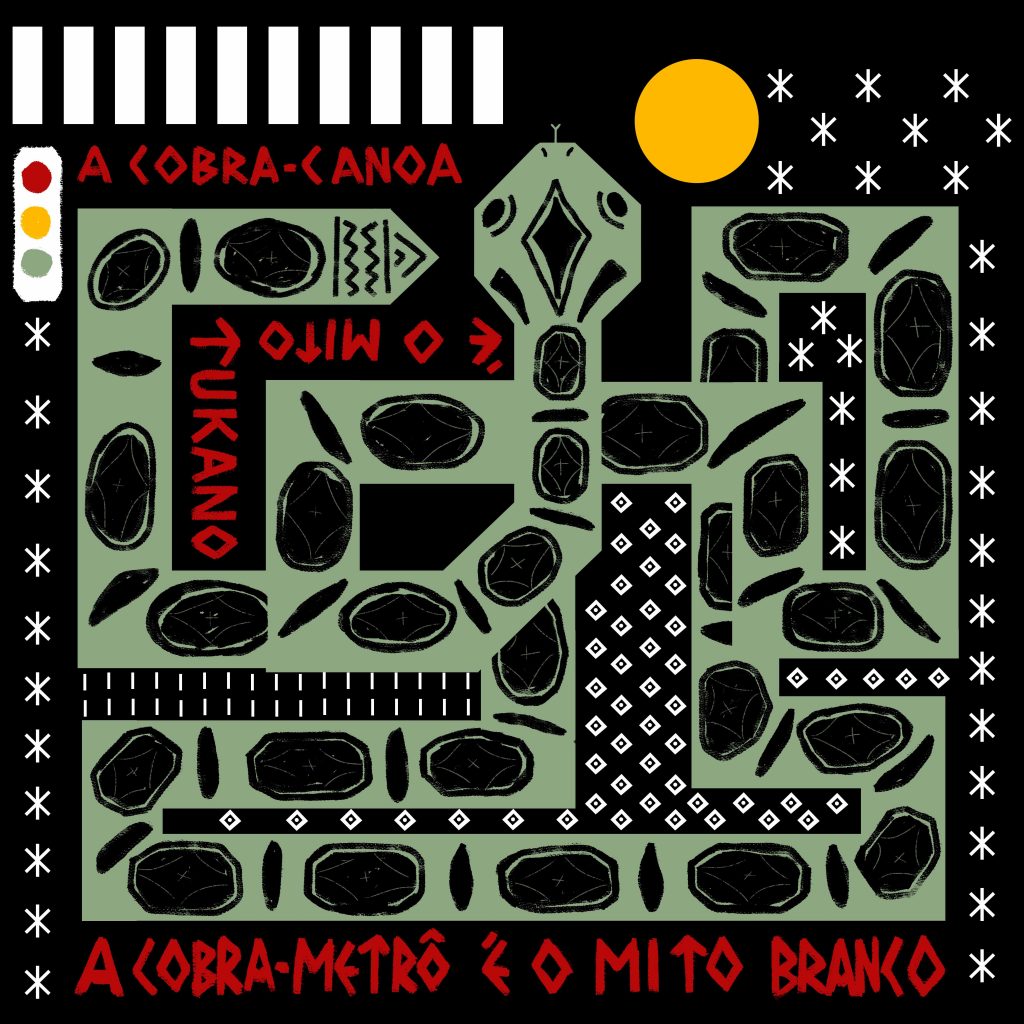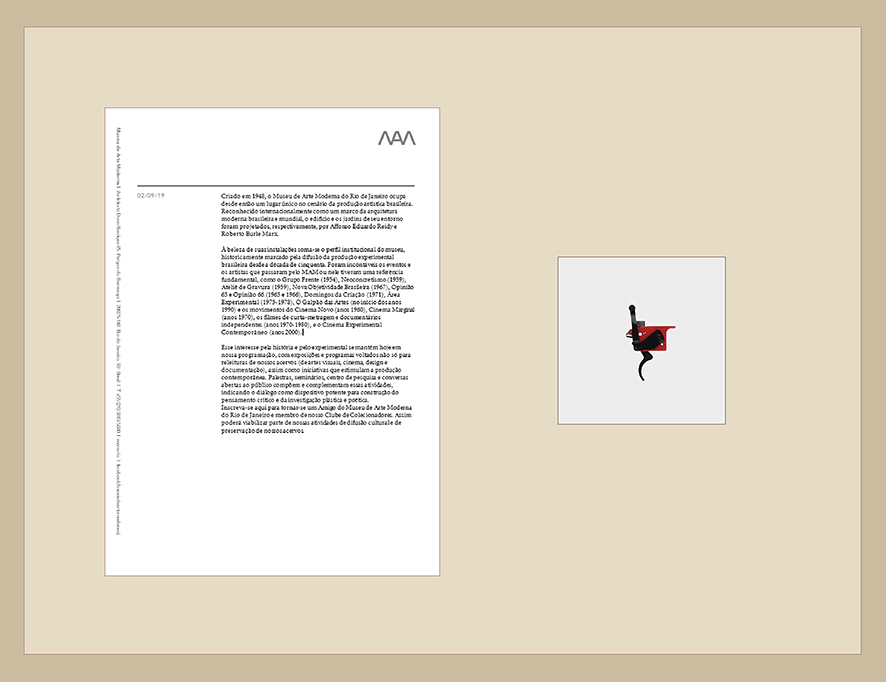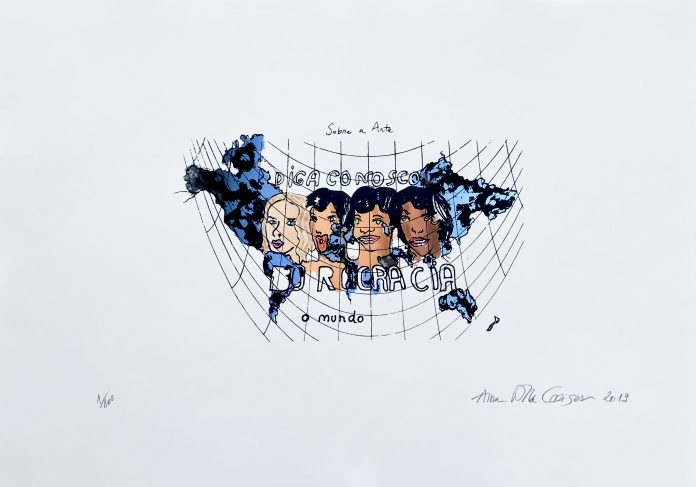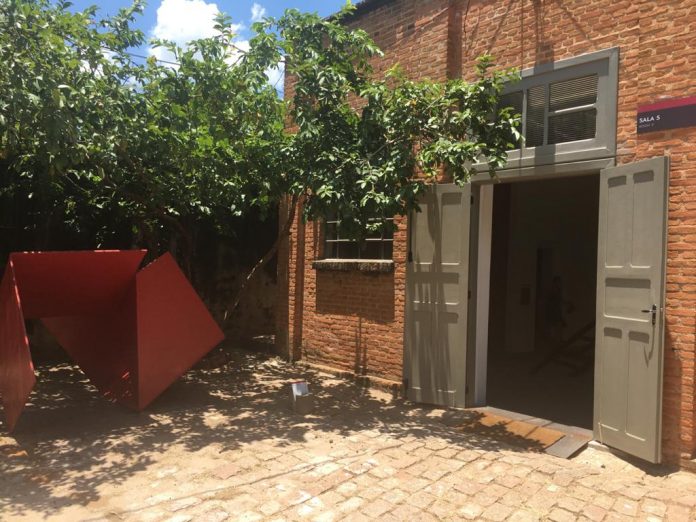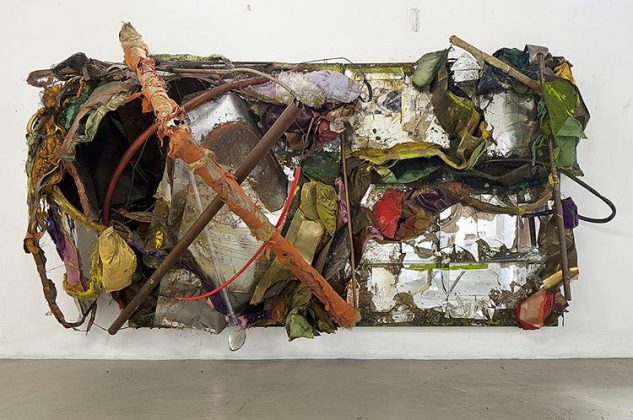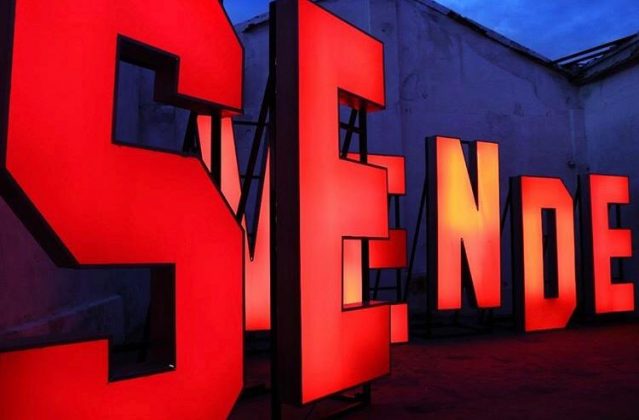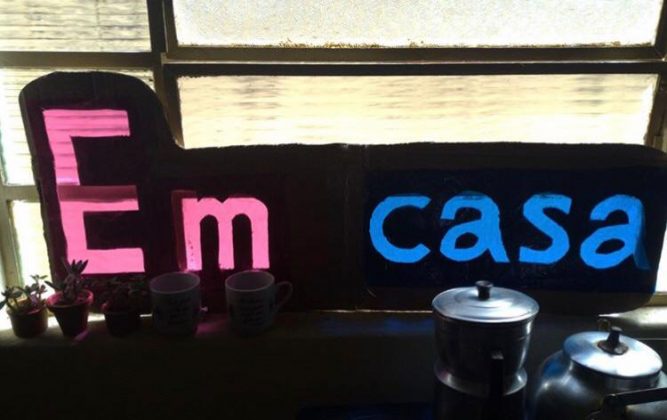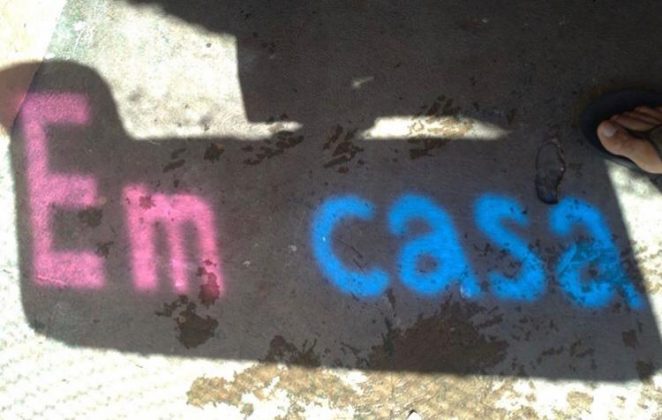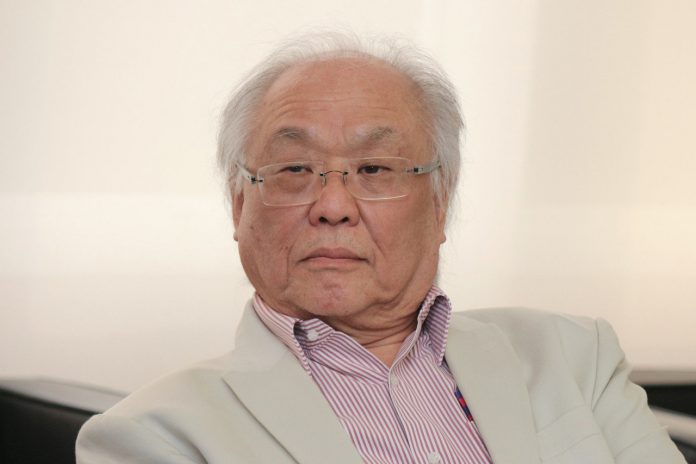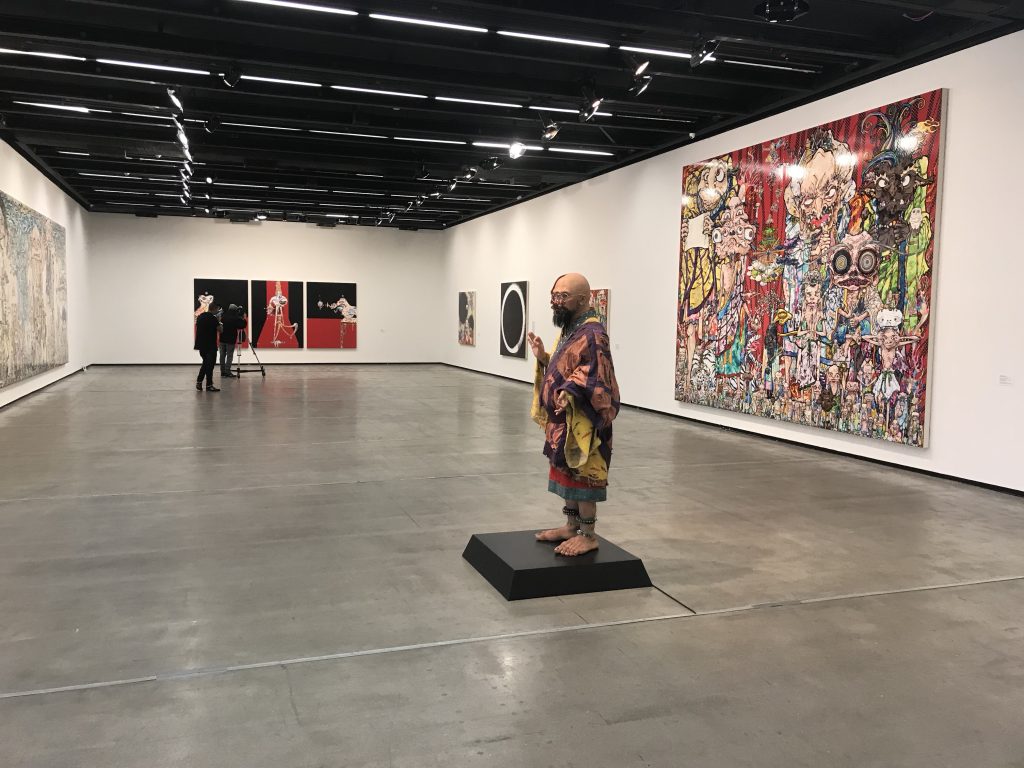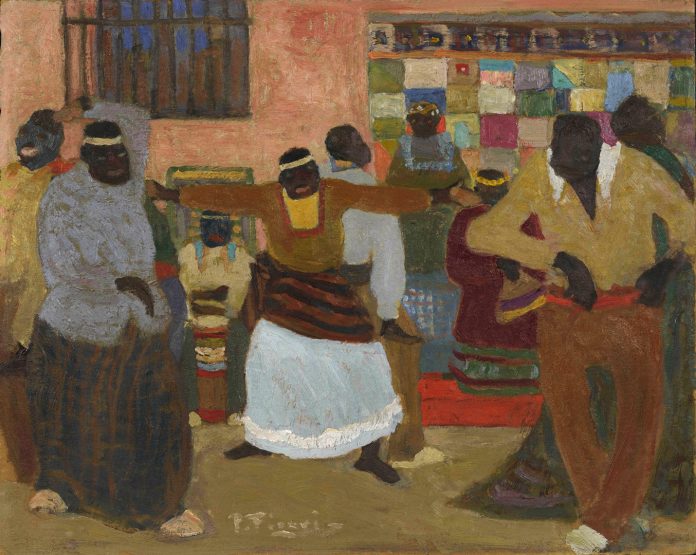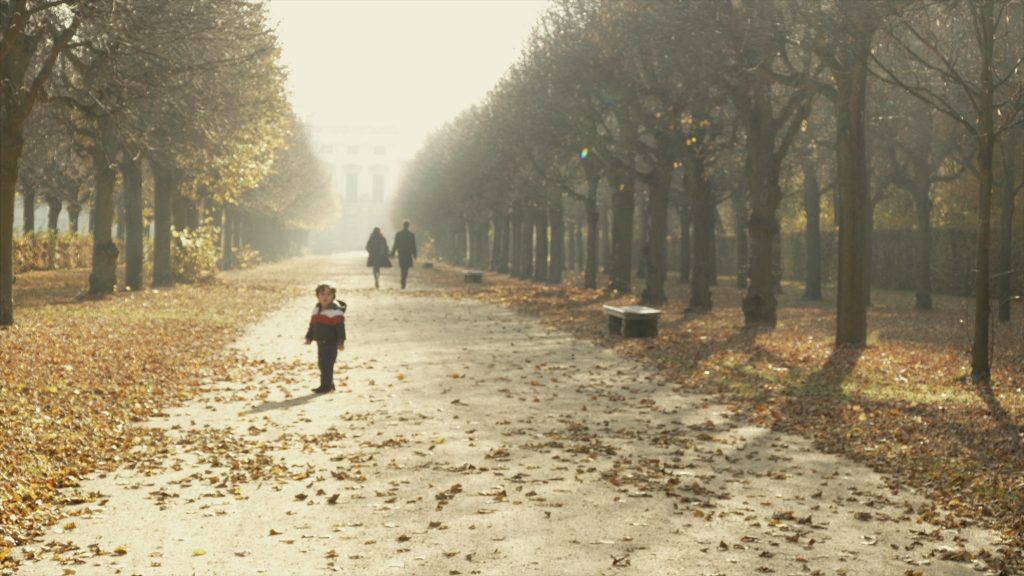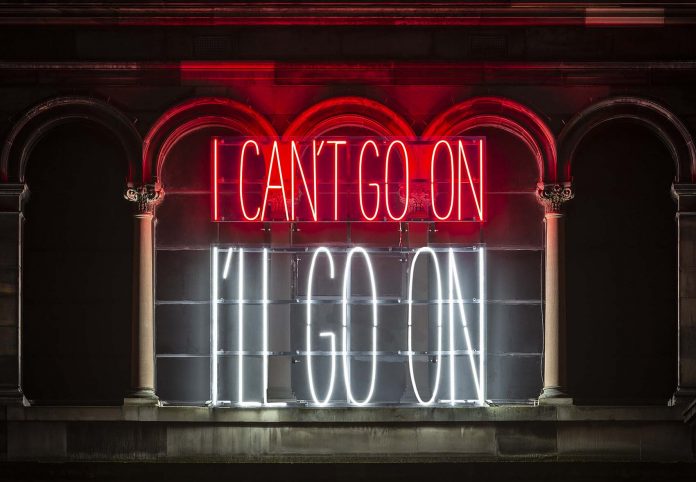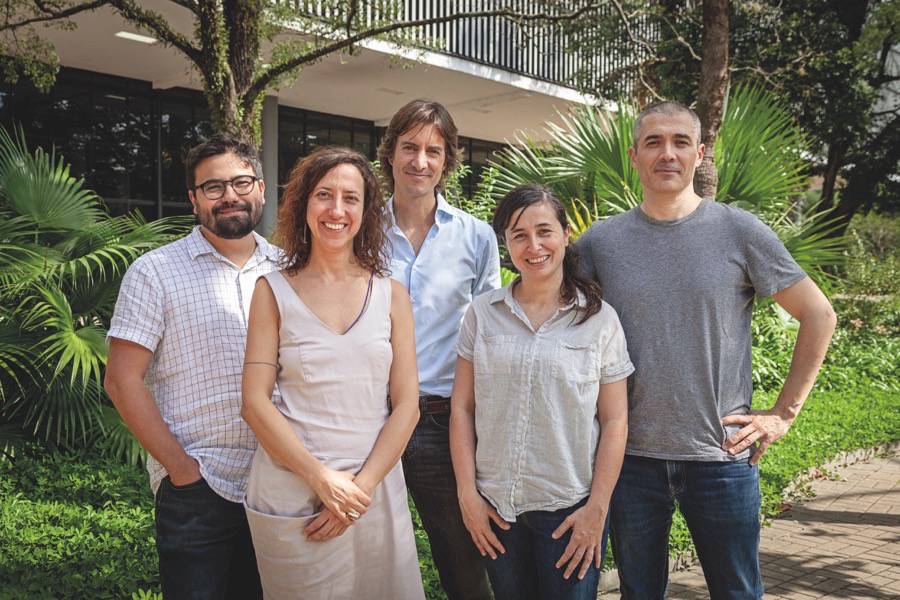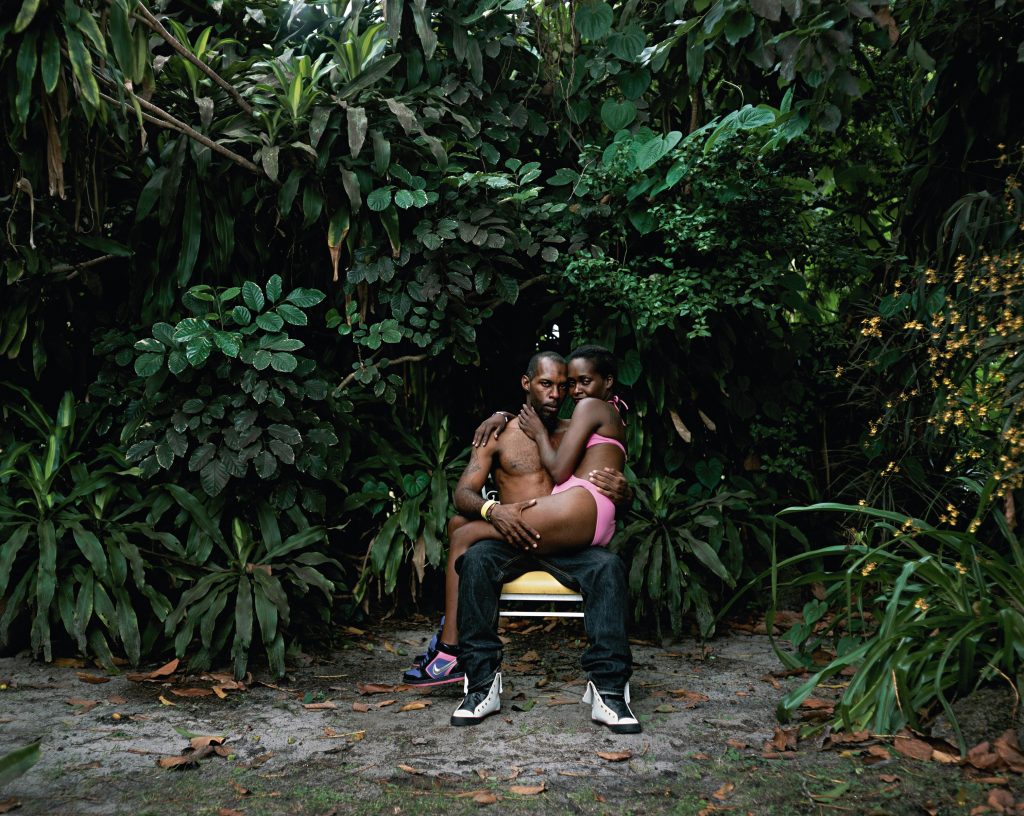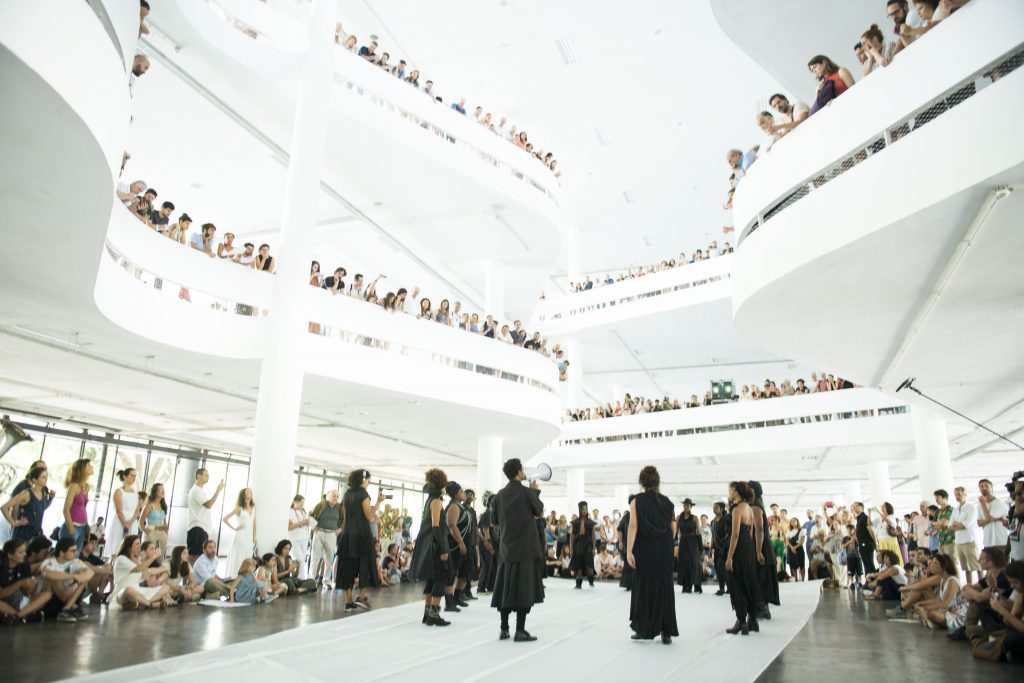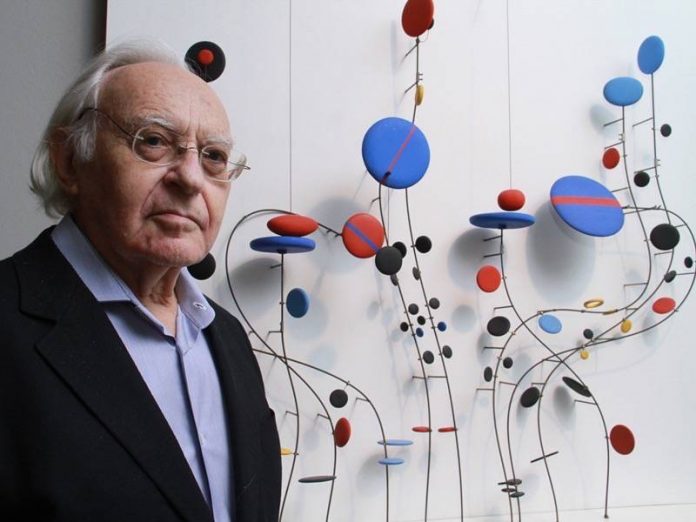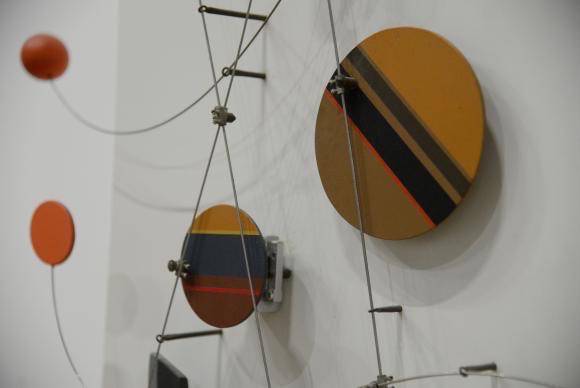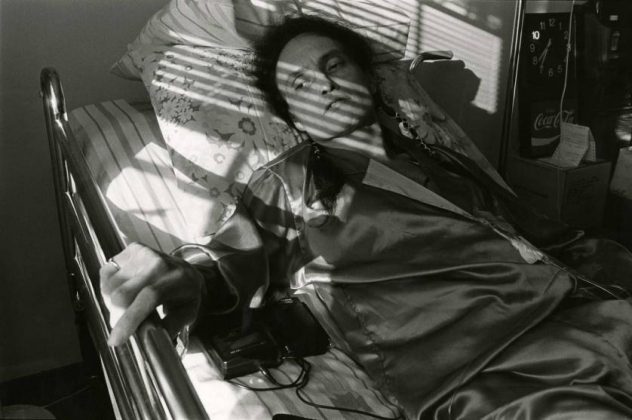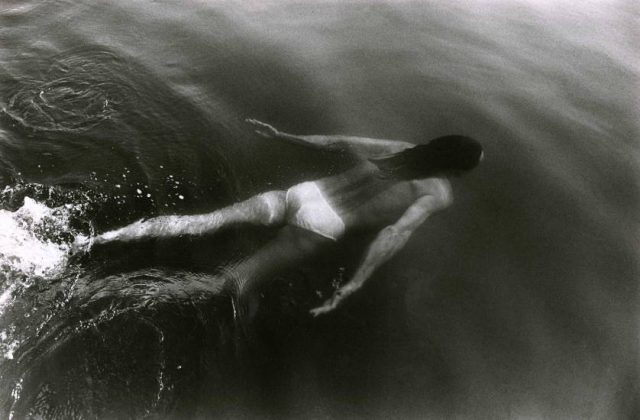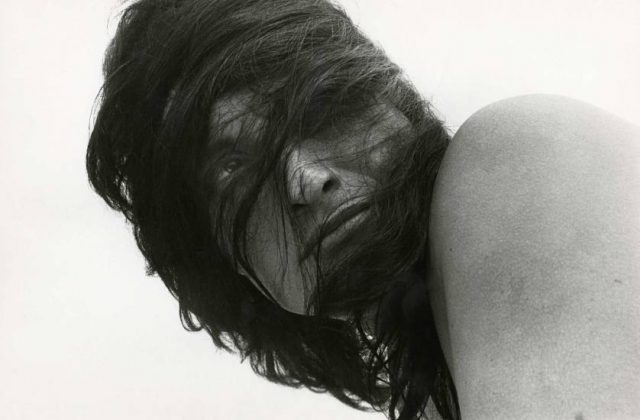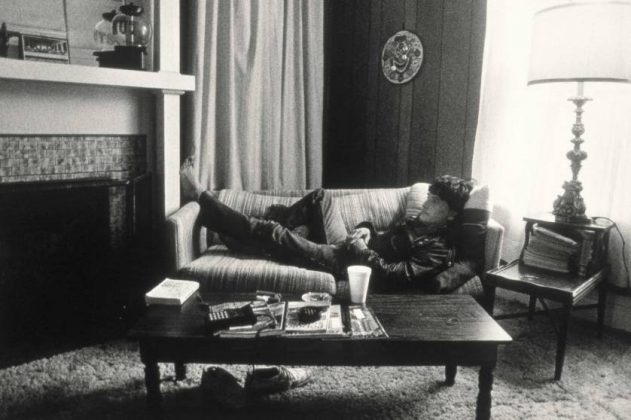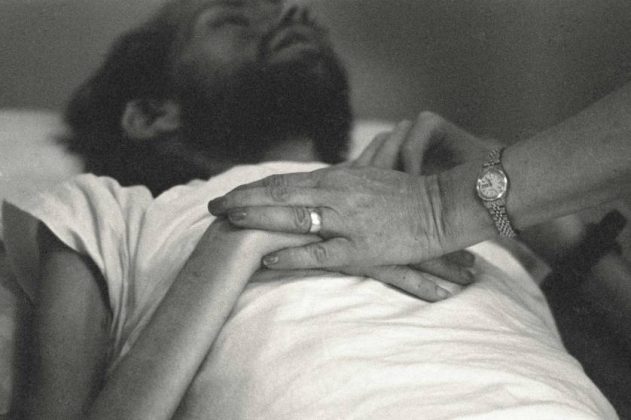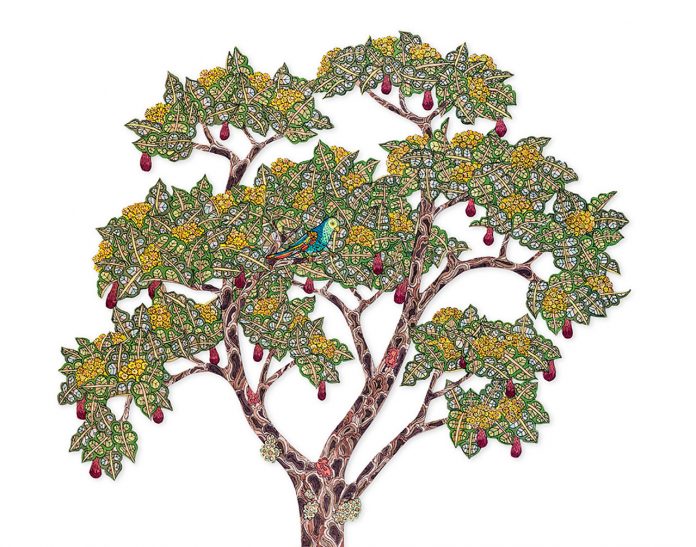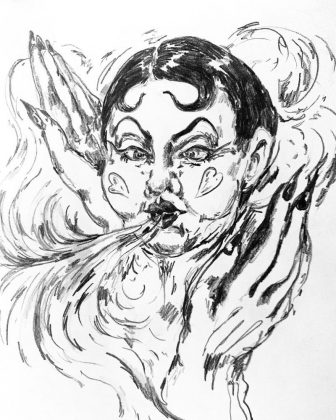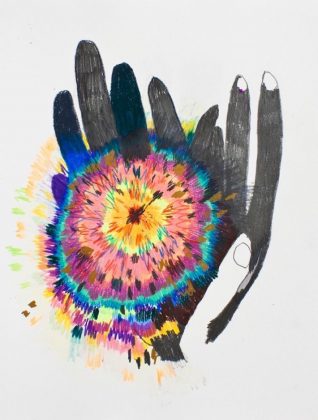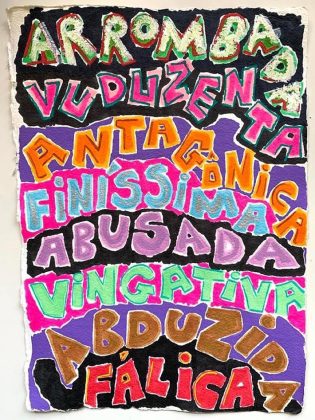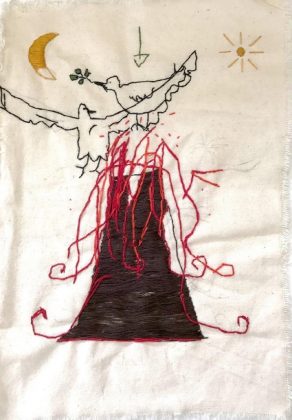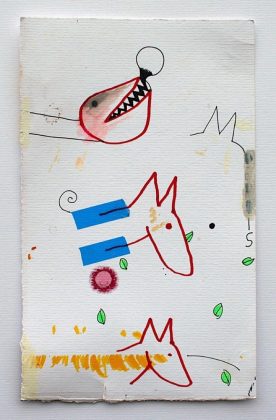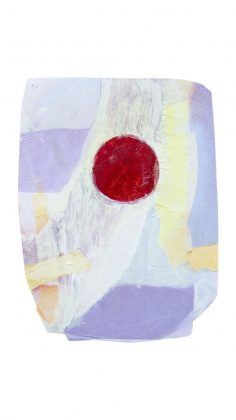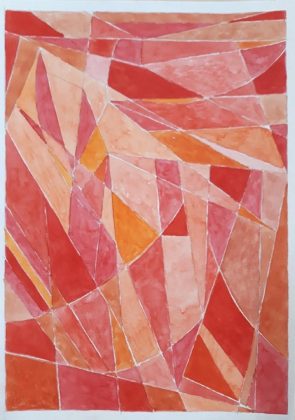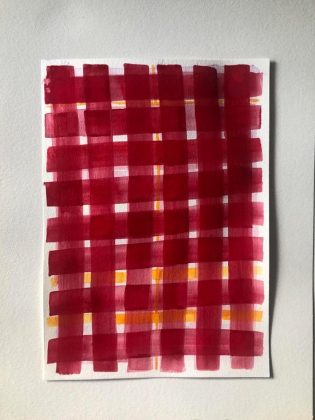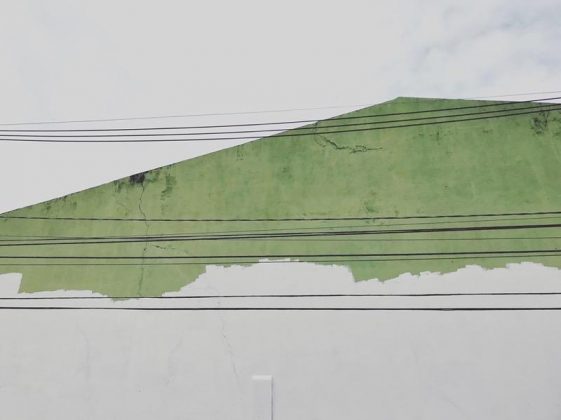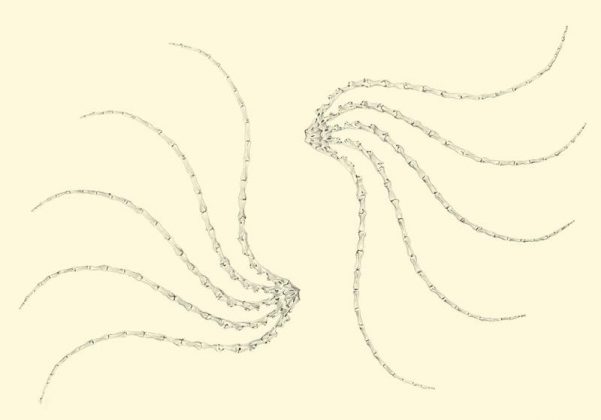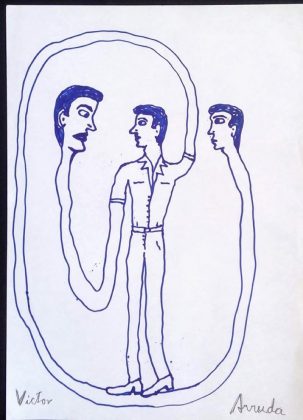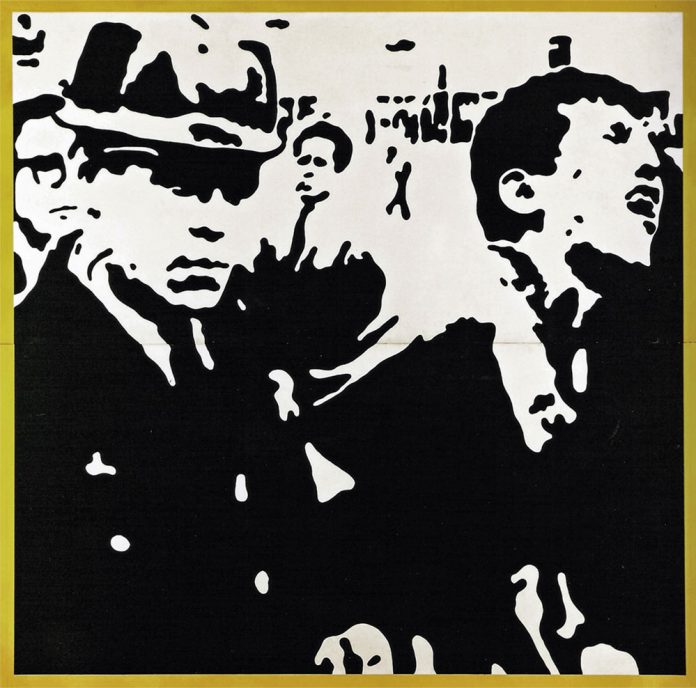* Por André Singer, Christian Dunker, Cicero Araújo, Felipe Loureiro, Laura Carvalho, Leda Paulani, Ruy Braga, Vladimir Safatle
I. O projeto bolsonarista e a pandemia
Nas comunidades antigas, costumava-se escolher chefes com poderes excepcionais em duas ocasiões: na guerra e na epidemia. Os romanos chamavam esse poder concentrado de “ditadura”. Na época contemporânea, ditadura passou a ser o nome, não de um instrumento de governo passível de ser implementado em contextos de crise, mas de um regime político autoritário, necessariamente resultado de uma usurpação. A coincidência do nome nos lembra uma distinção sutil que o século XX provou fazer toda a diferença, confirmando um velho adágio: “a ocasião faz o ladrão”.
A tentativa do presidente Jair Bolsonaro de instrumentalizar a Polícia Federal, que ocasionou a demissão do Ministro da Justiça, é apenas o último elo de uma longa cadeia de um projeto autoritário.
Antes da explosão do coronavírus, o núcleo duro do bolsonarismo vinha lançando as bases de um regime antidemocrático assentado na submissão das práticas de governo à lógica da mobilização permanente – nas redes, nas ruas, nas igrejas e, perigosamente, nos quartéis. Tal mobilização parte do diagnóstico do esgotamento dos espaços de negociação próprios à democracia liberal, mas não no sentido de reformá-la, muito menos substituí-la por mecanismos de democracia direta. Trata-se de uma guinada autoritária que se centra em uma liderança de culto personalista, cujos atos e palavras pretendem simbolizar a verdade, sem qualquer abertura para o dissenso.
Vemos o modelo espalhar-se pelo mundo. Tendo o presidente norte-americano Donald Trump como líder, Bolsonaro e o primeiro-ministro húngaro Viktor Orbán formam alguns dos principais integrantes dessa internacional autoritária de extrema-direita. Orbán usou a crise do coronavírus para obter poderes excepcionais, representando o experimento autoritário furtivo mais bem realizado até agora. Diz-se furtivo, nos termos de Adam Przeworski, porque não decorre de um golpe de Estado, mas implementa-se aos poucos, alicerçado na letra da lei, e conduzido por líderes democraticamente eleitos – semelhante, aliás, à maneira pela qual determinados regimes fascistas ascenderam ao poder, como o nazismo alemão.
Ainda candidato à presidência, Bolsonaro dera inúmeras provas de seu projeto autoritário, indo de declarações favoráveis à ditadura militar (1964-1985) ao encorajamento de execuções extrajudiciais pela polícia; da negativa à legitimidade de adversários políticos a ameaças de golpes de Estado. Uma vez presidente, os ataques ao Estado de Direito continuaram. No final de outubro de 2019, o deputado federal Eduardo Bolsonaro, porta-voz informal do presidente, ameaçou editar, em caso de radicalização, um novo AI-5. Um mês depois, o ministro da Fazenda, Paulo Guedes, repetiu a ameaça. Em janeiro deste ano, o líder do governo na Câmara, major Vitor Hugo (GO), afirmou que a Constituição prevê a suspensão de garantias e liberdades individuais e coletivas em caso de necessidade. Em fevereiro, o motim de policiais militares no Ceará, apoiado indiretamente pelo presidente, representou uma ameaça ainda maior à democracia, com quebra de autoridade militar, esvaziamento do poder de governadores, e demonstração da fidelidade de lideranças dos amotinados a Bolsonaro.
No Brasil pré-pandemia, o pretexto que vinha se formando para o fechamento da democracia era a missão de vencer o inimigo interno, caracterizado como antinacional e anticristão. Aqui se amalgamam um conjunto de estereótipos e preconceitos que perpassam concepções sobre família, sexualidade, gênero, raça, drogas, segurança, educação, cultura, ciência, propriedade privada, relações internacionais e, unindo tudo , o papel do Estado na sociedade e no mundo. Assentado na construção do inimigo doméstico, o projeto bolsonarista de poder impõe uma dinâmica de contínua transformação do país, visando a consolidação de uma sociedade intolerante, violenta, e voltada à preservação e aprofundamento das estruturas historicamente desiguais de poder, status e riqueza.
O horizonte maior do bolsonarismo é a mutação ideológica de setores da sociedade, que passam a operar, sem recalque algum, a partir de profunda indiferença, aversão à solidariedade, e falta de respeito ao próximo. Estamos diante de uma tentativa de revolução conservadora. Essa revolução conta com uma base altamente mobilizada – e, o mais dramático, parte dela armada –, disposta a seguir cegamente os passos do líder. Alicerçado em sindicalismo militar, culto à violência, e glorificação das Forças Armadas e das polícias, Bolsonaro mantém seguidores fiéis nas fileiras dessas corporações, além de nas milícias. Trata-se de um poder que não se pode subestimar.
De que forma a pandemia afeta esse projeto? Na Hungria, a fim de empregar a Covid-19 como pretexto para fechar ainda mais a democracia, Orbán teve que reconhecer a gravidade das ameaças à saúde pública que se abatem sobre o mundo. A adoção urgente de medidas restritivas para frear a transmissão do vírus serviu para que o primeiro-ministro húngaro disfarçasse as ambições ditatoriais. No contexto pandêmico, o parlamento do país, controlado pelo partido de Orbán, aprovou a possibilidade de o primeiro-ministro governar por decreto, cancelar eleições e punir disseminadores daquilo que o próprio Executivo considerasse como informações falsas que pusessem em risco a saúde da população. Ficou claro, ali, que a pandemia pode se transformar em grande ameaça à democracia, por tratar-se de um álibi perfeito para a necessidade de estabelecer um regime de exceção.
Mas a posição de Jair Bolsonaro tem sido, ao contrário, a de negar e esconder os enormes riscos trazidos pela doença. Em um primeiro momento, até mesmo a profundidade do colapso econômico causado pela pandemia foi minimizada: em 16 de março, o ministro da Economia Paulo Guedes ainda declarava que a economia brasileira “poderia perfeitamente crescer 2,5% neste ano”. Num segundo momento, o Planalto passou a reconhecer o perigo econômico, porém apenas para atribuí-lo às medidas restritivas tomadas por prefeitos e governadores. Nesse sentido, ao minimizar a pandemia, Jair Bolsonaro abriu mão da possibilidade de tomar ele próprio as rédeas da situação, acumulando poderes excepcionais como Orbán; ao contrário, vem se apresentando como paladino das liberdades individuais, do direito de trabalhar, de ir e vir e, até mesmo, da privacidade dos dados.
Para a perplexidade geral, porém, os sinais de que o horizonte continuava a ser a concretização do projeto autoritário não cessaram em meio ao negacionismo. Em 15 de março, suspeito de portar o vírus, Bolsonaro decidiu misturar-se a manifestantes em Brasília que pediam o fechamento do Congresso e o Supremo Tribunal Federal (STF). Alguns dias depois, declarou que decretar tanto o estado de sítio quanto o estado de defesa seria algo “relativamente fácil”, coisa de “poucas horas”, por meio de “medida legislativa para o Congresso.” Se aprovadas pelo Congresso, isso permitiria restringir direitos de reunião, sigilo telefônico e liberdade de imprensa, além de viabilizar busca e apreensão em domicílio sem mandato judicial e até mesmo prisão por “crime contra o Estado”. Em 19 de abril, Dia do Exército, Bolsonaro discursou diante de manifestantes pró-intervenção militar em Brasília na frente do QG do Exército, dizendo que não haveria mais “negociação” possível com os patifes (leia-se: Rodrigo Maia e STF, principais alvos da manifestação), e que “agora é o povo no poder”.
A escalada contra o Estado de Direito, o negacionismo e a tática de esgarçamento das instituições vêm inflando a oposição ao presidente no Legislativo, no STF e dentro de seu próprio ministério, além de ter provocado perda de apoio ao governo em parte das elites econômicas do país. A garantia por parte do STF da autonomia de estados e municípios para determinarem políticas de isolamento social e as dificuldades para demitir o ex-Ministro da Saúde, Luiz Henrique Mandetta, cujas políticas opunham-se diametralmente à retórica presidencial, sinalizam um contexto menos favorável ao projeto bolsonarista. Do mesmo modo, a saída do ministro Sérgio Moro representa um duro movimento de desconstituição da rede de apoios institucionais que sustentavam o presidente.
Ocorre que o isolamento político e institucional de Bolsonaro funciona para reforçar o mito do “salvador acorrentado”, refém de instituições corruptas e antinacionais, permitindo-lhe manter a prática de jogar nas costas de supostos inimigos internos – agora representados especialmente pelos governadores e pelo presidente da Câmara, Rodrigo Maia – a culpa por uma potencial perturbação da ordem pública, enquanto o presidente seria o único preocupado com a defesa do emprego e da renda da população. Com isso, Bolsonaro visa ampliar apoio junto às camadas populares desprotegidas e consolidar sua relação com setores empresariais – como o varejo, por exemplo –, que sofrerão impactos profundos do que deve ser a maior queda anual de PIB de nossa história.
Apesar de ser uma aposta de altíssimo risco, ela poderá prosperar a depender da longevidade e gravidade da crise. Somando-se o culto quase religioso à personalidade de Bolsonaro com o fato de parte significativa dos apoiadores estar armada, concentrando-se nas fileiras inferiores do Exército (cabos, sargentos, tenentes e capitães), nas polícias e nas milícias, temos uma combinação explosiva para contextos de instabilidade e incerteza, ainda mais em se tratando de uma figura cujo projeto é exatamente o de destruir a democracia. Trata-se, em suma, de um projeto de revolução conservadora que é capaz de colocar Jesus Cristo atrás de uma arma e de militarizar nossas escolas.
II. As contradições do bolsonarismo
Mas a pandemia também cria uma oportunidade para os opositores do presidente. Por constituir um inimigo literalmente invisível, o combate ao vírus precisa ser coletivo para ser eficaz. Agir em coletividade, no entanto, representa diluir as divisões com as quais o bolsonarismo opera, com sua desumanização de inimigos internos e sua permanente polarização do bem contra o mal. Daí também o porquê de Bolsonaro negar a existência de uma ameaça à saúde pública, recriando dicotomias que mantenham os adeptos permanentemente mobilizados.
O ponto crucial de seu argumento é: como comparar a morte física de alguns à morte econômica do país, impedido de produzir, trabalhar e sustentar os filhos, que resultaria em número infinitamente maior de mortes? O Brasil está sendo colocado diante de uma escolha falsa: ou a morte física provável ou a morte econômica certa. A terceira e óbvia saída, que recusa o dilema entre a morte econômica e a morte física, envolve minimizar o quanto possível a letalidade do vírus, via isolamento social – este último coordenado com estados e municípios e amparado por amplo apoio emergencial ao sistema público de saúde –; e atenuar também, na magnitude e no tempo necessários, a perda de renda e emprego, a partir da aprovação de medidas de proteção e de apoio a setores econômicos em colapso.
A adoção do terceiro caminho exigiria o abandono de dois dos principais pilares do bolsonarismo. Para frear o contágio do vírus e evitar o colapso do sistema hospitalar, é necessário valorizar mais do que nunca a ciência e a universidade, deixando de lado o antiintelectualismo que está na essência, sobretudo, da ala olavista. Para preservar ao máximo a renda da população durante a fase de isolamento e impedir uma depressão da economia após o controle da pandemia, é preciso pôr fim ao fundamentalismo de mercado que ajudou a eleger Bolsonaro. Essa questão não precisou ser enfrentada, por exemplo, por Viktor Orbán na Hungria, que une à plataforma autoritária uma forte oposição ao neoliberalismo e à globalização.
Para eleger-se presidente em 2018, ao invés de culpar estrangeiros pela perda de empregos, como fizeram líderes de extrema direita em países do Norte global, Bolsonaro aproveitou-se da frustração crescente da população com a piora das condições de vida desde 2014-16 para reforçar o senso comum de que a corrupção do establishment político – e da esquerda, em particular – teria sido a responsável pela recessão econômica. Para a economia voltar a crescer, seria necessário, portanto, livrar-se do próprio Estado em suas diversas esferas de atuação, exceto a da segurança e encarceramento.
Em meio à crise atual, que requer mais do que nunca a atuação do Estado, o governo se vê em uma encruzilhada. De um lado, se não abandonar o fundamentalismo de mercado, terá de lidar com a perda de popularidade entre os mais afetados pela crise. De outro, ao mudar radicalmente o discurso na economia, expõe contradições intestinas. Assim, o que estamos vendo são tentativas de fazer um pouco de cada.
Em uma mudança improvisada, mas substantiva, ao ser pressionado por projetos aprovados a toque de caixa pelo Congresso, o governo acabou implementando medidas radicalmente contrárias ao DNA neoliberal, entre as quais a concessão de vultosos recursos para o programa de renda básica emergencial, o pagamento de parte do seguro-desemprego para trabalhadores com redução de jornada, a desoneração de diversos setores econômicos, e a oferta de linhas de crédito subsidiado para empresas em dificuldade. No último dia 22 de abril, sem a presença de nenhum representante do Ministério da Economia, o Ministro da Casa Civil, Walter Braga Netto, anunciou um plano de recuperação econômica de R$ 30 bilhões em investimentos em infraestrutura até 2022. De outro lado, apesar das importantes mudanças, a equipe econômica mantém o discurso neoliberal de que serão necessárias reformas estruturais, cortes agressivos de despesas e privatizações no contexto pós-pandemia.
No caso do pilar antiintelectual, a resposta foi menos ambígua. O presidente recusou-se por completo a valorizar a ciência e a apoiar as medidas de isolamento, optando, em sua qualidade de chefe de Estado e de governo, por uma verdadeira sentença de morte aos grupos de risco. Ao mostrar-se indiferente à tarefa de proteger os cidadãos contra a ameaça da morte, Bolsonaro rompe com o princípio basilar do pacto social e com a justificativa da existência do próprio Estado: a garantia do direito à vida.
As informações que surgem a cada dia sobre a dinâmica de espraiamento da pandemia, a natureza da doença produzida pelo coronavírus e as terapias eficazes para tratá-la ou preveni-la ainda precisam ser submetidas ao método científico de verificação e refutação empíricas – algo que requer tempo e cautela. Entretanto, com base no que já aconteceu em outros países, acumulam-se evidências sobre o grau de letalidade da Covid-19 e a grande variedade dos grupos de risco. No contexto em que a realidade tende a se impor sobre teorias conspiratórias com a força persuasiva do número de mortos e doentes, o modus operandi típico do bolsonarismo arrisca-se a perder força.
Há também fortes evidências de que os mais pobres serão muito mais afetados, não só pelo maior número de contaminações (transporte público, número de pessoas no domicílio, falta de acesso a saneamento, dificuldade de manter o isolamento sem perda excessiva de renda ou emprego), mas também pela maior gravidade dos casos pela incidência de comorbidades. A desigualdade no acesso à saúde é abissal: quase cinco vezes mais leitos de UTI por 10 mil habitantes na rede privada do que no SUS. Ou seja, os mais vulneráveis à morte econômica também são os mais vulneráveis à morte física, o que pode fazer das pressões por menos desigualdade uma questão de sobrevivência.
Nesse sentido, é na profunda indiferença do bolsonarismo ao direito à vida que jaz seu calcanhar de Aquiles em contexto de pandemia. Esta fraqueza merece toda a atenção dos setores democráticos, uma vez que pode ser convertida em fator poderoso para barrar o projeto autoritário e retirar seu chefe da presidência. A solidariedade e o espírito de comunidade que se formam em torno da experiência coletiva do adoecimento representam a antítese dos afetos típicos da onda neofascista.
A pandemia vem desencadeando uma coordenação de esforços de solidariedade que confronta diretamente o profundo descaso social do governo. Um caleidoscópio de movimentos com foco na assistência de áreas periféricas das grandes cidades ganhou força, especialmente na região metropolitana de São Paulo, a maior do país e a mais afetada pelo vírus até aqui em termos absolutos. Alguns desses grupos são antigos, outros nasceram do próprio acontecimento ou da união de movimentos populares pré-existentes. Todos, porém, do G10 Favelas ao UNAS Heliópolis e Região, do Movimentos Populares Contra o Covid-19 à Campanha Jd. Ângela Contra o Covid 19, articulam-se pelas redes sociais, com a ajuda de voluntários – religiosos e laicos – que atuam in loco nas periferias, formando uma linha de frente tão importante contra a crise quanto aquela constituída por profissionais de saúde em hospitais.
A constituição das experiências vinculadas à dependência mútua e à vulnerabilidade tem o potencial não somente de quebrar a polarização entre patriotas e inimigos da nação, mas também contêm, em seu germe, a própria negação da lógica de esvaziamento da capacidade estatal de atuação e de mobilização de recursos, indo ao encontro, a partir da base da sociedade, das políticas de cunho social recentemente aprovadas pelo Congresso Nacional e das novas formas de “governar” suscitadas pela pandemia. As iniciativas de solidariedade podem se constituir no embrião de uma nova agenda de combate político.
É fácil perceber o potencial de mobilização que há aí para tornar permanentes as medidas de proteção social adotadas durante a fase de combate à pandemia e para a criação de sistemas efetivos de tributação da renda e do patrimônio dos mais ricos, a fim de distribuir melhor os custos da crise e impedir o retorno das políticas de austeridade. A garantia de recursos para a saúde pública, pesquisa científica, saneamento básico e outras áreas que a pandemia torna prioritárias exigirá também a mobilização intensa da sociedade civil em torno da revisão do teto de gastos. Certamente essas demandas enfrentarão forte resistência dos adeptos do Estado mínimo, mas o contexto engendrado pela agressividade do novo coronavírus abriu espaço para a construção de uma agenda efetiva de transformação social, que deve servir como pilar na luta da sociedade contra o autoritarismo.
III. A hora da decisão
O problema é que ao provocar o que pode se tornar a maior crise econômica da história do capitalismo, em meio ao grande número de óbitos derivados diretamente do vírus, o coronavírus ameaça, também, produzir um ambiente turbulento e propício aos ataques contra a democracia. Uma liderança autoritária, como a do atual presidente, vai se lançar a todo o tipo de aventuras, usando os piores estratagemas – desde doses cavalares de desinformação e cortinas de fumaça até a instigação de violência contra “inimigos”. Bolsonaro é o tipo de figura que não economiza no hábito de apontar o dedo e linchar “culpados”, insuflando seguidores a destruir os obstáculos que estariam mantendo o “mito” acorrentado e que o impediriam de governar para o bem da nação. Tudo em meio a uma malta armada e fanática. Alguém duvida de quão trágica poderá ser essa história se nada for feito para barrá-lo?
Dado que a pandemia abriu janelas de oportunidades para os setores democráticos, expondo as contradições desse projeto nefasto, é esta a hora de agir. Nunca estivemos tão próximos do precipício, como deixa evidente o discurso de Bolsonaro no Dia do Exército, quando nem se deu ao trabalho de disfarçar sua disposição para golpear mortalmente as instituições democráticas. Não há como imaginar que os fanáticos que o seguem se restringirão ao plano da retórica, furtando-se de sacar as armas caso sejam convocados a salvar aquele que cegamente idolatram. Editoriais de jornal, admoestações, “broncas”, sermões edificantes, mesmo as resoluções de contenção dos demais poderes constitucionais, nada disso terá o dom de os dissuadir. Aliás, quanto mais essas manifestações se repetem sem trazer consequências, mais perdem autoridade.
Só um gesto contundente e decisivo poderá alcançar aquilo que as palavras apenas não são mais capazes de obter. Sabemos que setores conservadores e liberais, predominantes no Congresso Nacional, e importantes em vários setores da sociedade civil, hesitam em dar esse passo e ainda buscam modos de evitar o confronto incontornável. A eles, lembremos o que disse o então parlamentar Winston Churchill sobre a estratégia dos governantes de seu país, à época liderados pelo também conservador Neville Chamberlain, a fim de apaziguar Hitler no contexto imediatamente anterior à eclosão da 2ª Guerra Mundial: “Preferem perder a honra a ter a guerra. No fim, perderão a honra e terão a guerra”. Só que com uma diferença: terão a guerra em condições piores.
Quando a pandemia mostra de modo cru a face desumana e violenta do bolsonarismo, é urgente que todas as forças democráticas do Brasil unam-se de vez para dar um basta à escalada do projeto autoritário, colocando o afastamento de Bolsonaro do poder como prioridade número um da agenda. Antes que seja tarde demais.
* André Singer, Professor Titular do Departamento de Ciência Política da USP
* Christian Dunker, Professor Titular do Instituto de Psicologia da USP
* Cicero Araújo, Professor Titular do Departamento de Ciência Política da USP
* Felipe Loureiro, Professor Associado do Instituto de Relações Internacionais da USP
* Laura Carvalho, Professora Associada do Departamento de Economia da USP
* Leda Paulani, Professora Titular do Departamento de Economia da USP
* Ruy Braga, Professor Titular do Departamento de Sociologia da USP
* Vladimir Safatle, Professor Titular do Departamento de Filosofia da USP

